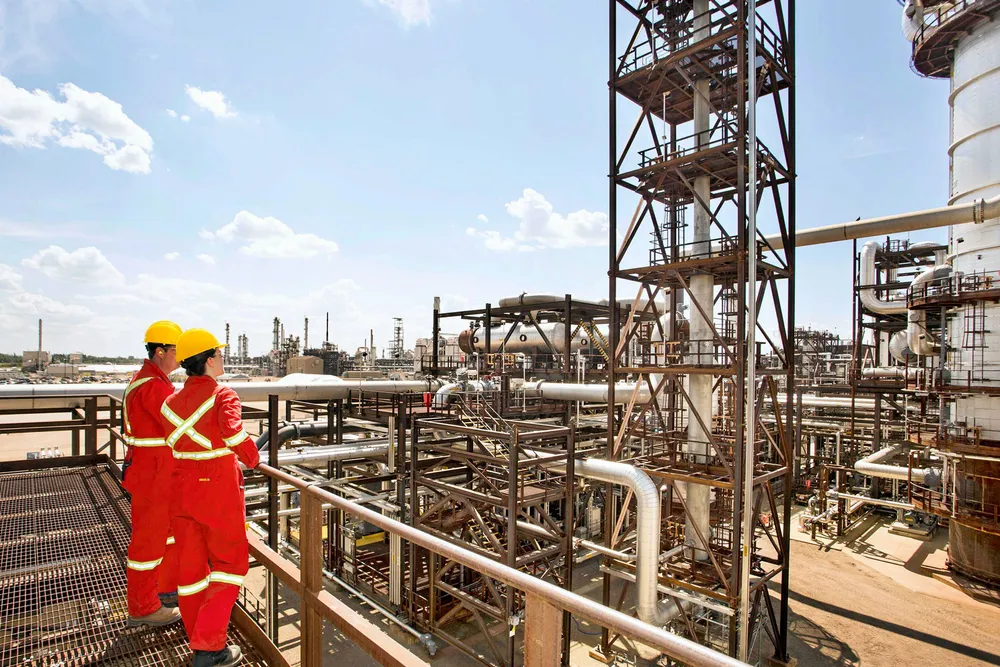Shell unveils plans for giant Canadian carbon capture and storage project
Supermajor sees site eventually helping contribute to the creation of a hydrogen hub in Alberta's industrial heartland

Supermajor sees site eventually helping contribute to the creation of a hydrogen hub in Alberta's industrial heartland
